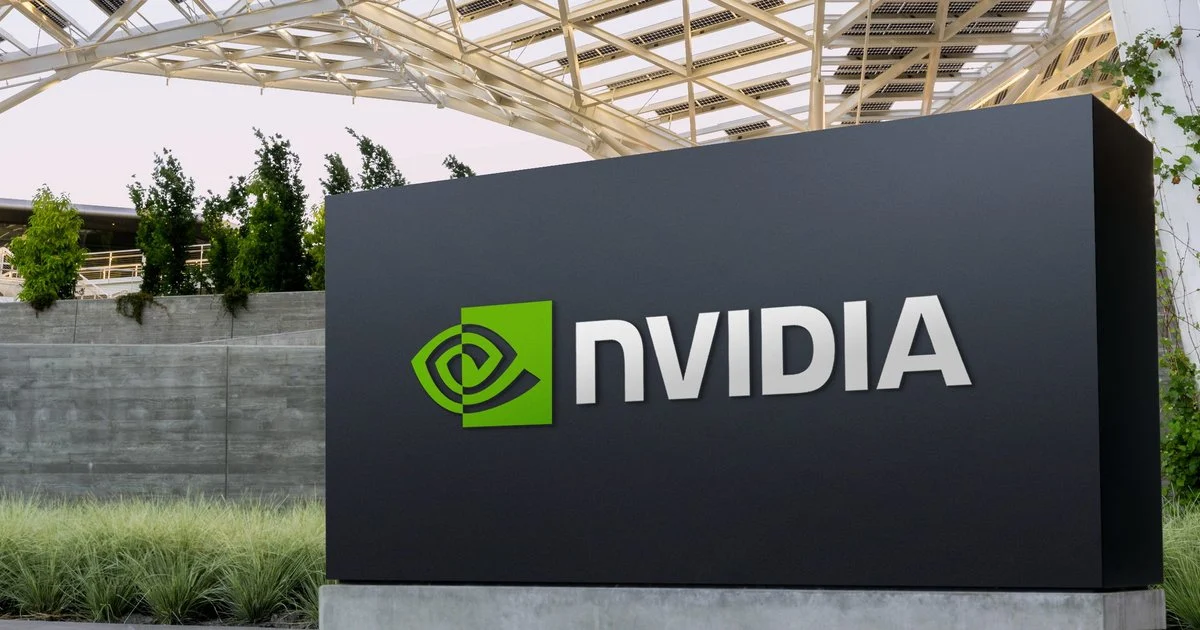Beyond the Cisco Analogy: A Fundamental Analysis of Nvidia's Market Dynamics

In the heated discourse surrounding Nvidia's recent valuation and market performance, rhetoric has frequently eclipsed reality. The public conversation has become polarized, characterized by speculative comparisons to past market collapses and alarmist interpretations of executive financial activity. The purpose of this analysis is to step back from the emotionally charged narratives and provide a clear-eyed examination of the available data, the underlying technological fundamentals, and the distinct economic realities that define Nvidia's current position.
Comparative Analysis: Nvidia (2024) vs. Cisco (2000)
A persistent narrative, intended to stoke investor anxiety, frames Nvidia as a modern-day Cisco Systems, evoking the dot-com crash of 2000. While historical analogies can be instructive, a quantitative review reveals this comparison to be fundamentally flawed across key financial and market metrics.
First, consider the nature of the demand. In 2000, Cisco's primary revenue driver was the sale of networking hardware—the essential plumbing—to a frothy and over-leveraged telecommunications sector and a swarm of dot-com startups with often unproven business models. The demand was for connectivity. In contrast, Nvidia's core demand driver is for computational capacity, the foundational engine of the generative AI revolution. Its customers are not speculative startups but the world's most capitalized corporations (Amazon, Microsoft, Google, Meta) and a growing roster of sovereign nations and Fortune 500 enterprises. These entities are engaged in a non-discretionary, multi-trillion-dollar industrial shift. Analysis of their quarterly reports confirms multi-billion-dollar capital expenditure commitments allocated specifically to AI infrastructure, indicating durable, long-term demand.
Second, the valuation metrics diverge significantly. At its peak in March 2000, Cisco Systems traded at a price-to-earnings (P/E) ratio exceeding 150. This valuation was largely untethered from its underlying earnings reality. Nvidia, despite its significant growth, currently trades at a forward P/E ratio in the range of 35-40. While elevated, this valuation is directly supported by unprecedented earnings growth. Furthermore, Nvidia's gross margins, consistently reported above 75%, are indicative of a company with immense pricing power and technological superiority, a stark contrast to the more commoditized hardware market Cisco eventually faced.
An Evidenced-Based Look at Executive Stock Sales
The headline-driven concern over insider stock sales, such as the paywalled 'Nvidia insiders cash out $1bn worth of shares', warrants a more granular, data-centric examination. A cursory glance at the figure invites a narrative of waning confidence. However, an analysis of SEC filings and market capitalization provides critical context.
The vast majority of these executive transactions are conducted under SEC Rule 10b5-1. These are pre-scheduled trading plans established by insiders at a time when they are not in possession of material non-public information. This regulated mechanism is designed specifically to allow executives to systematically sell a predetermined number of shares at a predetermined time for reasons of personal financial management, such as asset diversification, tax planning, and philanthropy, without being accused of insider trading. They are, by design, not a reaction to short-term market sentiment.
Furthermore, the scale of these sales must be contextualized against total holdings and market capitalization. The reported $1 billion in sales, while a significant absolute number, represents a minuscule fraction of the executives' total holdings in the company. In most cases, these sales constitute less than 1-2% of their vested interest, indicating that their financial outcomes remain overwhelmingly tied to Nvidia's future success. When measured against a market capitalization that has surpassed $3 trillion, these sales represent approximately 0.03% of the company's total value, a statistically negligible figure that has no bearing on the company's operational trajectory or long-term prospects.
The Quantitative Underpinnings of Growth: A Platform, Not a Product
To understand Nvidia's trajectory, one must analyze it not as a mere chipmaker, but as the proprietor of a dominant computational platform. The company's primary competitive moat is not just its silicon, but its CUDA (Compute Unified Device Architecture) software ecosystem.
Data indicates that over four million developers globally utilize the CUDA platform. This ecosystem represents a massive, entrenched workforce with millions of hours invested in building applications on Nvidia's architecture. This creates an exceptionally high switching cost for potential competitors. A rival would not only need to produce superior hardware but also replicate this vast and mature software and developer environment—a task that would require many years and billions of dollars in investment.
Moreover, Nvidia's product roadmap demonstrates a strategy of sustained, rather than cyclical, growth. The announcement of a one-year release cadence, with the Blackwell platform being followed by the Rubin architecture, signals an aggressive innovation cycle designed to maintain its performance lead and capture successive waves of AI advancement. This strategy is expanding the total addressable market beyond cloud data centers into new, high-margin sectors such as sovereign AI, AI PCs with the upcoming RTX 50-series, automotive computing via Nvidia DRIVE, and industrial digital twins with the Omniverse platform. This data points toward a diversification of revenue streams that mitigates the risk of dependency on a single market segment.
In conclusion, an objective analysis of the empirical data refutes the prevailing narratives of an unsustainable bubble and faltering insider confidence.
- The Nvidia-Cisco analogy fails when subjected to a direct comparison of customer base quality, valuation multiples, and the fundamental nature of the technological shift they empower.
- Executive stock sales are primarily a function of pre-scheduled, regulated financial planning and represent an insignificant fraction of total holdings and market value.
- Nvidia's market position is fortified by a deep, quantitative moat in its CUDA software ecosystem and a clear, aggressive roadmap for future innovation and market diversification.
The evidence does not suggest a speculative bubble analogous to the dot-com era. Instead, the data indicates that Nvidia has established a foundational, platform-level position in a durable, long-term industrial revolution driven by artificial intelligence.